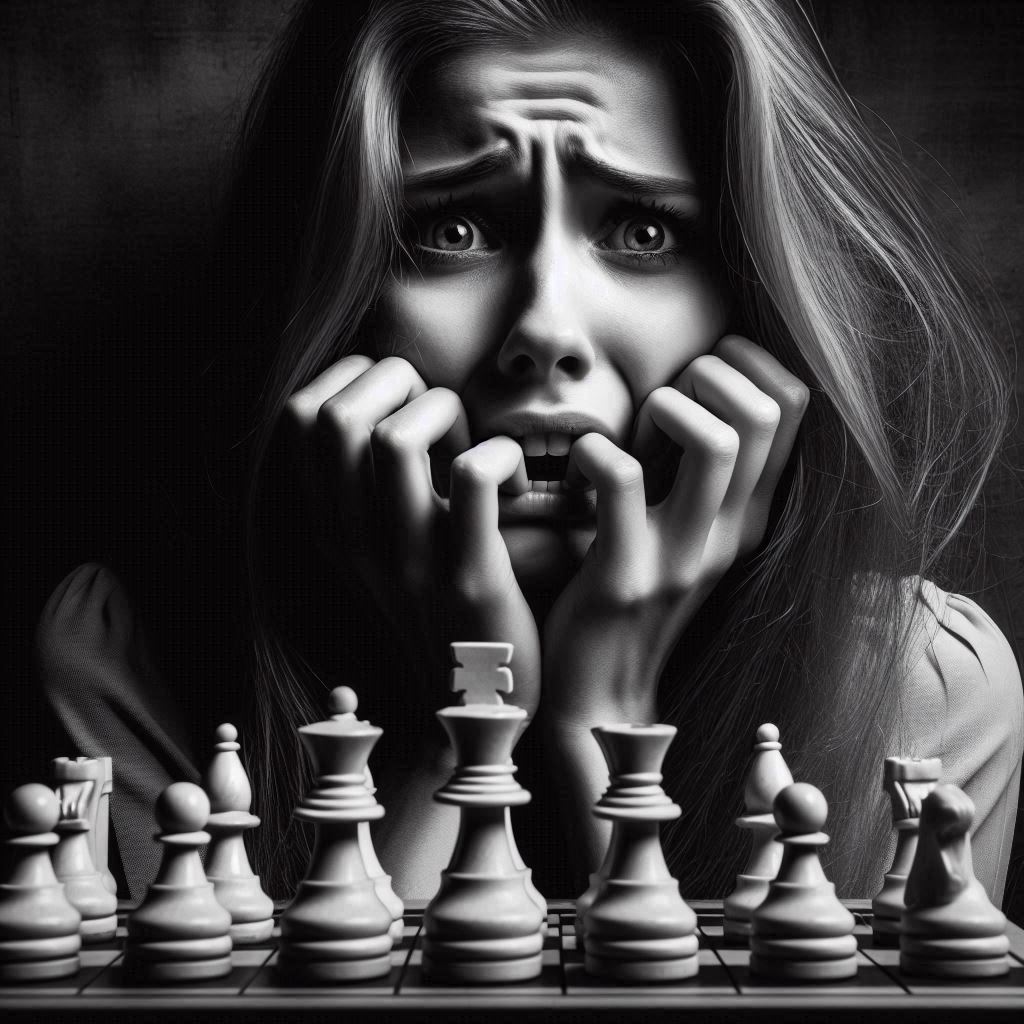Have you ever wondered about the roots and impact of Judeophobia? It isn’t just a term tucked away in academic books; it reflects real attitudes that have shaped societies over centuries.
Judeophobia, simply put, is the fear or prejudice against Jews. In today’s world, understanding this concept is crucial as it helps us address ongoing biases and challenges.
By looking at Judeophobia from historical and modern perspectives, we’ll uncover how it remains relevant and why its awareness is key to fostering a more inclusive society.
Understanding Judeophobia
Judeophobia, a term that might seem complex at first glance, essentially refers to prejudice or fear against Jewish people. It’s a topic that has deep roots in history and a term whose origins tell much about its impact on society. Let’s break down what Judeophobia really means and where it came from.
Etymology and Definition
The word “Judeophobia” combines two parts: “Judeo,” referring to Jewish people, and “phobia,” meaning fear. Put together, it literally means “fear of Jews.” It’s similar to terms like “homophobia” or “xenophobia,” which describe irrational fears or dislike towards specific groups. But is it just fear? Often, it involves stereotypes, discrimination, and unfair treatment based on one’s Jewish identity.
Understanding the literal meaning helps, but it’s important to remember that Judeophobia isn’t about actual fear like being afraid of spiders. It’s more about prejudice and bias. It’s a deep-seated set of negative beliefs or attitudes that some people hold, which have historical roots and societal impacts.
Historical Context
To fully grasp Judeophobia, we must look back at history. This bias has been around for centuries, weaving its way through different cultures and periods. Key events have shaped its development over time:
- Ancient Times: Anti-Jewish sentiment can be traced back to the ancient Greeks and Romans who often portrayed Jewish people negatively.
- Middle Ages: During this period, Jews faced discrimination in Europe, with events like the Spanish Inquisition targeting them for their faith and practices.
- 19th Century: In the modern era, the spread of false stereotypes and conspiracy theories increased, further cementing negative perceptions.
These are just a few points in a long timeline of events that have contributed to Judeophobia. Each era brought its own challenges and prejudices, rooting Judeophobia deeply into societal norms and attitudes. Why does this matter? Recognizing these events helps us understand the context and the resilience of Jewish communities throughout history.
Understanding Judeophobia means peeling back layers of history and acknowledging a complex tapestry of fear, misinformation, and prejudice. It’s vital to educate ourselves and others, encouraging a world where everyone is respected for who they are, not judged by unfounded fears or stereotypes.
Manifestations of Judeophobia
Judeophobia, or the fear and hatred of Jewish people, shows itself in many ways across different aspects of society. From cultural expressions to political decisions and even violent acts, these manifestations can be both subtle and overt. Understanding these expressions helps us recognize the underlying biases and work towards a more inclusive world.
Cultural and Social Expressions
Have you ever noticed stereotypes in movies or books? Cultural and social expressions of Judeophobia often reflect long-standing stereotypes. These can be found in media, where Jewish characters might be portrayed with specific traits or in limited roles. Such representations shape perceptions and can keep harmful myths alive.
Some common stereotypes include:
- Greedy or money-obsessed personalities
- Controlling or manipulative behaviors
- Exaggerated physical features
These portrayals aren’t harmless. They influence how people think about Jewish communities and can lead to biased behaviors in day-to-day life.
Political and Legal Implications
When Judeophobia makes its way into politics and law, the stakes get even higher. History is filled with examples where legal systems have favored discrimination. Anti-Semitic laws have been used to exclude or punish Jewish people, affecting their rights and freedoms.
In some cases, these issues might look like:
- Restrictive immigration policies targeting Jewish groups
- Biased legal rulings or policies that ignore anti-Semitic acts
- Political rhetoric that scapegoats Jewish communities for broader problems
These instances not only deny individuals their rights but also validate prejudiced views in society.
Violence and Hate Crimes
The most alarming expressions of Judeophobia manifest themselves through violence and hate crimes. Unfortunately, these acts are not just remnants of the past—they continue today and impact real lives.
Statistics reveal the harsh reality:
- In 2022, there were over 2,700 recorded anti-Semitic incidents in the United States alone.
- Physical assaults on Jewish individuals increased by 26% compared to previous years.
These numbers paint a disturbing picture of how serious the problem remains. Hate-driven violence leaves scars on individuals and communities, spreading fear and damaging trust.
What can we do to counteract these manifestations? Awareness is the first step, but action must follow. By calling out stereotypes, advocating for fair policies, and standing against hate, we can work towards change. Remember, every voice counts in the fight against fear and prejudice.
The Role of Education and Awareness
Education and awareness are like twin pillars holding up a bridge to understanding. When it comes to Judeophobia, or the fear and hatred of Jewish people, education plays a key role in breaking down stereotypes and building respect. Just like how learning a new language opens up a world of communication, educational programs and awareness campaigns can open hearts and minds to acceptance and empathy.
Educational Programs and Initiatives
Across the globe, initiatives have been paving the way to reduce Judeophobia. These programs work tirelessly to teach young and old about Jewish history, culture, and the harmful effects of prejudice.
For instance, school curriculums in many countries are now including Holocaust education modules. These modules emphasize not just historical facts but the human stories behind them, encouraging students to see beyond stereotypes and understand the costly impact of hatred.
Moreover, there are community workshops and seminars that invite people to engage in open dialogues about anti-Semitism and its impact. These events often feature speakers from diverse backgrounds who share personal stories, thereby humanizing the topic and fostering empathy. Such initiatives remind us that education isn’t confined to classrooms; it’s about lifelong learning and personal growth.
The Impact of Awareness Campaigns
Awareness campaigns are like the megaphone of education. They amplify the message against Judeophobia and reach people far and wide. But do they really make a difference? The answer is a resounding yes.
These campaigns often use creative strategies to capture attention and change perceptions. For instance, social media platforms have been used to launch campaigns with hashtags like #StopJudeophobia. These create virtual communities where people can share experiences and support each other, turning digital spaces into platforms for change.
Additionally, public service announcements on TV and radio play a significant role. They are crafted to strike emotional chords and incite viewers to act or rethink biases. When people are confronted with stories of injustice and resilience, it challenges their preconceived notions and fosters empathy.
In essence, raising awareness is like scattering seeds of kindness and understanding—over time, they can grow into a forest of acceptance. When individuals come together to champion these causes, they help in creating a society where everyone feels safe and valued.
In conclusion, while there’s still work to be done, educational initiatives and awareness campaigns are making significant strides in combating Judeophobia. They shine a light on ignorance and pave the path toward understanding, a little bit like how a lighthouse guides ships safely to shore.
Combating Judeophobia
Fighting against Judeophobia means more than just words—it’s about taking real action. This section looks at how communities and laws can help tackle this serious issue. With teamwork and the right policies, we can make the world a more welcoming place for everyone.
Community Involvement
Communities play a huge role in fighting Judeophobia. Think of them as the backbone of any movement against hate. When people come together with a shared purpose, they can make a real difference. Here’s how:
- Education and Awareness: Community groups can host workshops and seminars to educate people about Jewish culture, history, and the harmful effects of Judeophobia. Knowledge is power, and understanding is the first step to empathy.
- Support Networks: Establishing local support groups creates safe spaces where individuals can share experiences and receive emotional support. When people feel understood and heard, they are more likely to stand up against hate.
- Public Events and Celebrations: Organizing events like Jewish cultural festivals or public discussions can help bridge gaps between different communities, fostering respect and understanding.
- Social Media Campaigns: Communities can launch powerful social media campaigns to spread positive messages and counter stereotypes. Platforms like Twitter and Instagram can reach a massive audience, spreading awareness far and wide.
Would you join a community initiative to combat hate? The power of many can create lasting change.
Legislation and Policy Change
Legal frameworks are critical in the battle against Judeophobia. Strong laws can act as a shield, protecting individuals from discrimination and violence. Here’s how effective legislation and policies can help:
- Hate Crime Laws: Implementing and enforcing strict laws against hate crimes sends a clear message that Judeophobia will not be tolerated. These laws need to ensure that perpetrators face serious consequences.
- Reporting Mechanisms: Establishing easy-to-use reporting systems encourages victims to come forward. Comprehensive data collection helps authorities understand the scope of the problem and respond effectively.
- Educational Policies: Schools can introduce curricula that focus on teaching tolerance and understanding of all cultures and religions. Educating young minds sets a foundation for a more inclusive future.
- Government Support: National and local governments can offer funding and resources to organizations working to combat Judeophobia. Financial backing can enhance the impact of educational and support programs.
Why are laws crucial in this fight? Laws set the tone for acceptable behavior and help shape societal values. With the right policies in place, we create a society that not only condemns hatred but actively supports diversity and inclusion.
Conclusion
Understanding and addressing Judeophobia is crucial for creating an inclusive society. This form of prejudice, rooted in historical misconceptions, continues to foster division and discrimination. By acknowledging its existence and impact, we take the first step toward change.
Take action by engaging in open dialogues and educating others. Encourage empathy and acceptance in your community. Your voice can challenge stereotypes and promote understanding.
Reflect on what you’ve learned here. How can we, as individuals, contribute to a more accepting future? Your thoughts matter, and they can drive change. Let’s move forward together, fostering communities where everyone feels safe and respected.








